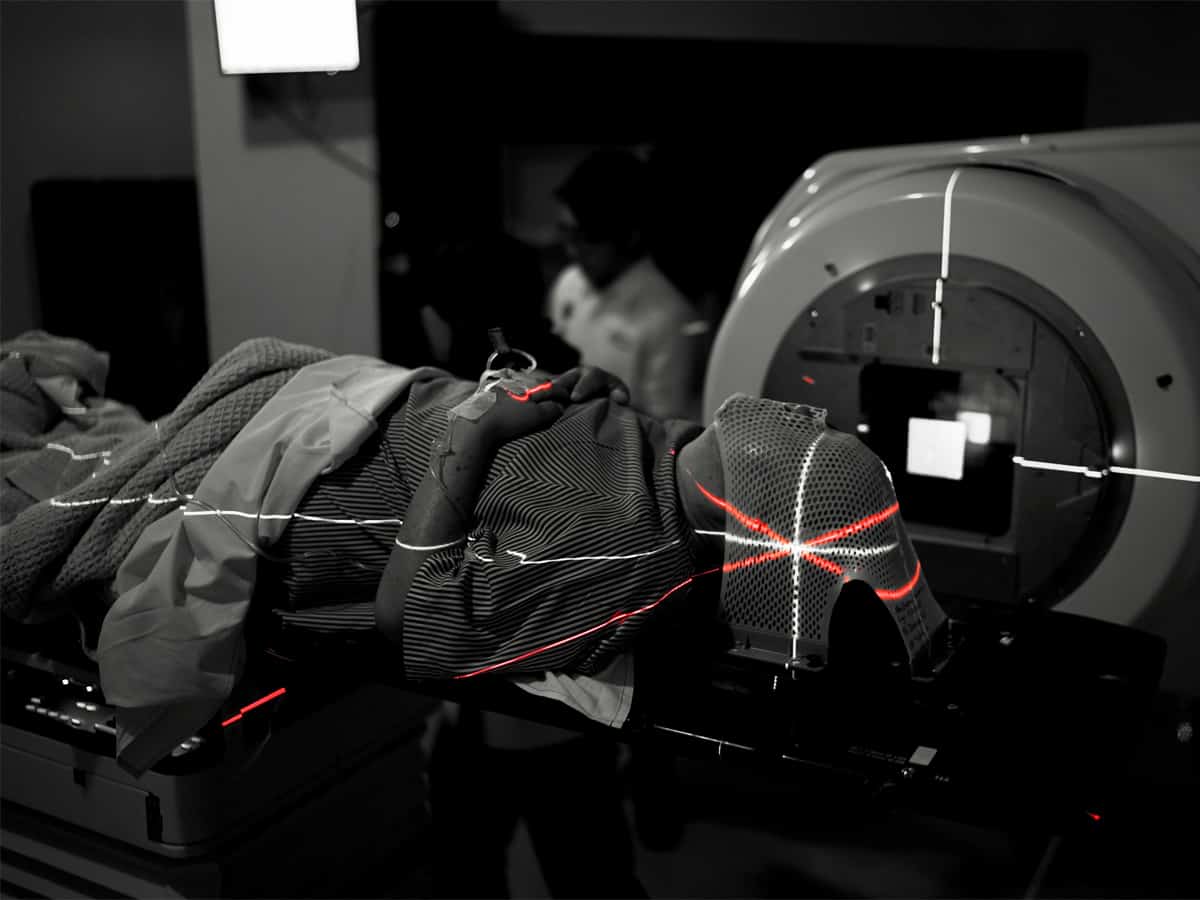
New Delhi: Painless and non-invasive radiation therapy (also called radiotherapy) has shown promise against prostate cancer — one of the most common forms of cancers among men that is rapidly increasing globally, doctors said here on Saturday.
Prostate cancer is the most common cancer among men, except for skin cancer, and the sixth most fatal cancer among men. It is estimated that one in eight men above the age of 60 will have prostate cancer in a lifetime.
According to health experts, as the incidence of cancer is increasing, removing fear and anxiety in people’s mind is necessary.
“A combination of accurate diagnostics, early detection and excellent treatment options like radiotherapy has changed the way prostate cancer is treated now, patients can potentially lead a long and good quality of life after being cured or controlled,” Vineet Nakra, Radiation Oncologist at Max Super Speciality Hospital, Vaishali, told IANS.
Radiation therapy is a painless and non-invasive treatment which can be used to treat and cure prostate cancer and several clinical studies support its equivalence to surgery in terms of outcomes. It is very well tolerated with a low probability of side effects. Longer survival with least side effects and good quality of life is always the aim.
Like surgery, radiotherapy is a local therapy but it is very different from chemotherapy or targeted therapy in which medicines are administered through IV or orally. The treatment is delivered in a few minutes only while the patient does not experience any sensations such as pain or burning.
“Radiation therapy uses extremely focussed beams of radiation to precisely kill prostate cancer cells or keep them from growing and dividing while minimising damage to healthy cells. Since radiation therapy is non-invasive (unlike surgery), there is no down time or healing time,” Nakra explained.
“Intensity-modulated radiation therapy (IMRT) and image-guided radiation therapy (IGRT) are recently advanced therapies that deliver radiation with higher degrees of precision; hence, the patient faces minimal side effects.
“Image guided radiotherapy allows three-dimensional visualisation of the treatment area prior to each treatment and this verifies utmost accuracy. This is vital for protecting sensitive structures like the rectum,” he added.
Painful bone lesions which can be troublesome in metastatic prostate cancer can also be effectively palliated with radiotherapy.
“It is important to remember that prostate cancer is treatable and managed successfully. Many men can lead normal, healthy lives after diagnosis and treatment,” Rahul Bhargava, Principal Director of Haematology and Bone Marrow Transplant, Fortis Memorial Research Institute, Gurugram, told IANS.
“More individuals are living longer with this disease with increased awareness and early detection. The patients need to speak up and get the required help to maximise their quality of life,” he added.



